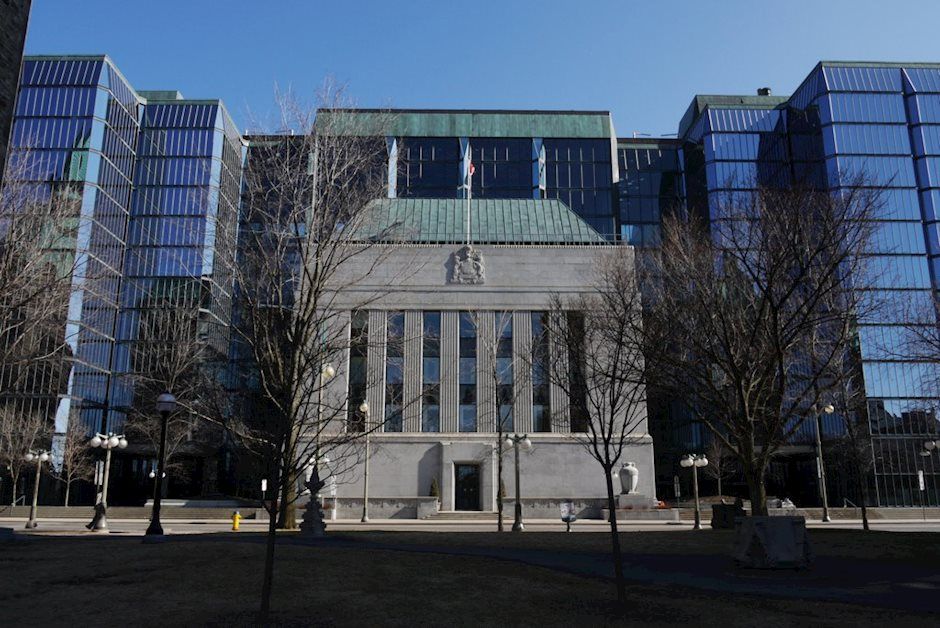Central Banks offer more stimulus, FX jump on month end flows

When we look back at April 2020, it could very well be worst month ever for the global economy. Across the globe, governments took the unprecedented step of ordering their citizens to stay at home and shutting down all non-essential businesses. Most businesses were closed. Central banks around the world warned about the significant weakness in April data with the jobless rate expected to hit double digit levels. Millions of people were put out of work as economic activity ground to a halt. Yet for the markets, April wasn’t a terrible month. In fact, the Dow Jones Industrial Average rose more than 15% after falling sharply in February and March. The US dollar which rose sharply in March limited its gains to the euro and Swiss Franc in April. Instead, it fell against all other major currencies including the Australian and New Zealand dollars. Aggressive monetary and fiscal stimulus from all corners of the world helped to stabilize markets that had gone haywire in February and March.
Central banks continue to increase support for consumers and businesses. The big announcement today came from the Federal Reserve who said they will be expanding their Main Street lending facility to accommodate larger businesses with a lower minimum loan size. This follows a steep decline in personal income and spending along with a slightly higher than expected jobless claims report. Despite softer data and more stimulus from the Fed, USD/JPY ended the day sharply higher as end of the month flows triggered big moves.
Meanwhile the European Central Bank kept its main refinancing rate unchanged, cut the lowest rate on their targeted loan operation and announced new operations for banks. This new program called the Pandemic Emergency Long Term Refinancing Operation or, PELTRO for short provides loans at ultra-low interest rates (minus 1%). The ECB also said they were prepared to increase the size and adjust the composition of their pandemic emergency bond purchase program. These steps are in response to ECB President Lagarde’s worry that the economy could shrink as much as 12% this year and 15% in Q2 on a quarterly. She felt that the speed and scale of the recovery is highly uncertain so they are “fully committed to doing everything possible” within their mandate to support every citizen of the Eurozone. Earlier this morning, we learned that Eurozone GDP contracted by -3.8% in the first quarter, which was right in line with expectations. Initially euro sold off after the rate decision and ECB President Lagarde’s comments but the single currency recovered strongly into the London close on month end buying.
The main takeaway from all 3 of this week’s monetary policy announcements is that central bankers did not sugar coat their economic outlooks. They are taking the downturn in their economies very seriously, they are worried that their contractions will deepen and have not only taken steps this week to offset the decline, but also pledged to do more.
The commodity currencies were mixed with the New Zealand dollar extending its gains, while the Canadian and Australian dollars pulled back slightly. NZD benefitted from upward revision to business confidence and ANZ activity. Chinese PMIs were also better with improvements in non-manufacturing PMI offsetting a decline in manufacturing. According to the latest monthly GDP report, even before COVID-19 hit North America in a meaningful way, Canada’s economy was slowing. In the month of February, Canadian GDP stagnated, which was weaker than the forecast for 0.1% growth. No major economic reports were released from Australia but the currency fell hard during the NY session. Australian manufacturing PMI numbers are scheduled for release this evening along with first quarter producer prices.
Author

Kathy Lien
BKTraders and Prop Traders Edge
















